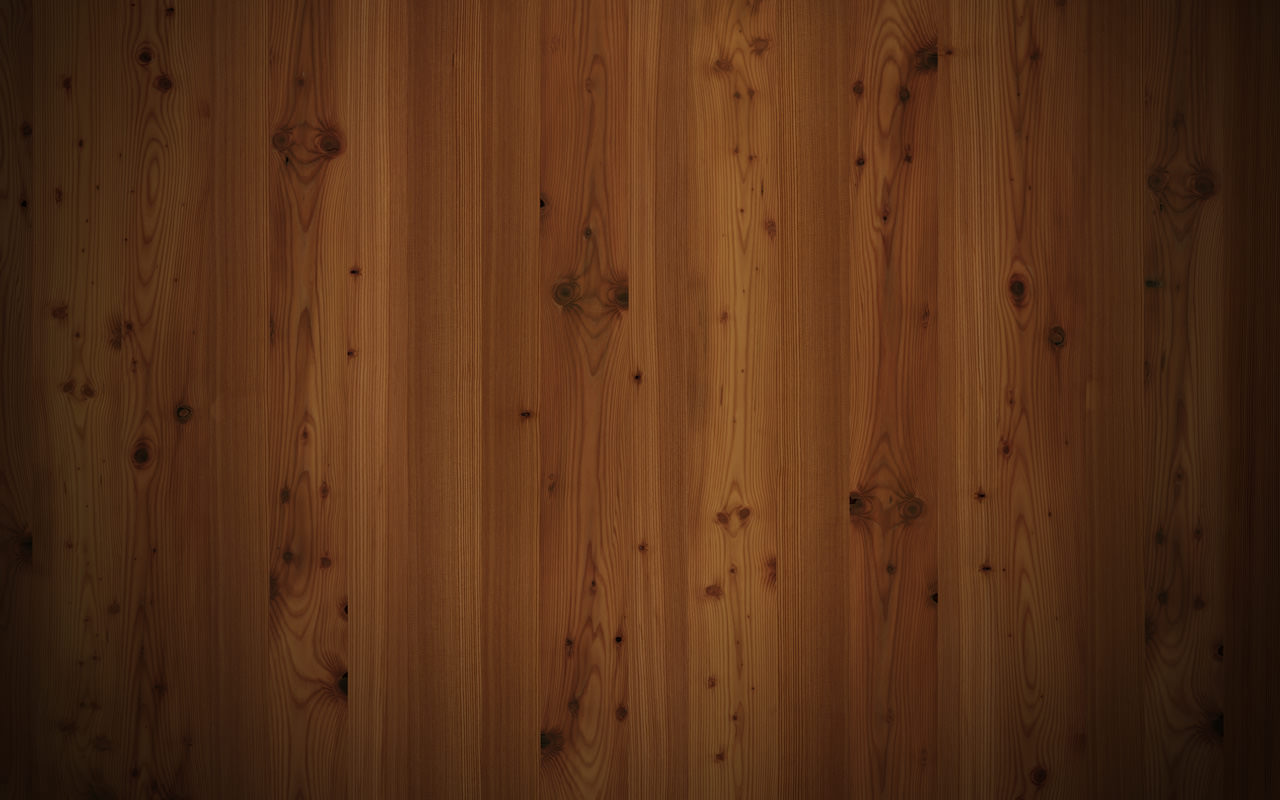
 www.entnet.org
www.entnet.org
87
y
y
Isolated zygomatic arch fractures may be reduced without fixation in
many cases. This is typically performed from a distance, using either
a temporal (Gillie’s) approach or a transoral (Kean) approach.
3. Maxillary Fractures
a. Le Fort Fractures
Most Le Fort fractures will require fixation at the lower maxillary level,
to build a proper foundation for the remainder of the fracture stabiliza-
tion. A sublabial transmucosal exposure provides excellent exposure of
the front face of the maxillae bilaterally, allowing repair at the Le Fort I
level.
b. Dental Arches
For any fractures involving the dental arches, arch bars are generally
applied first to assist with reduction of the occlusion.
c. Nasofrontal Junction
Fractures at the nasofrontal junction are exposed via a coronal incision
when necessary. Otherwise, a direct horizontal incision can sometimes
be used when only limited exposure is needed for repair.
G. Fracture Reduction and Repair
For maxillary and zygomatic fractures, the main goal of repair is to
reestablish the correct bony architecture by repositioning the bones
into their correct anatomical positions and fixating them in those
correct positions. Fixation is most commonly performed using rigid
fixation devices—typically plates and screws.
1. Zygomatic Fractures
For zygomatic fractures, the rotated fractures need to be corrected by
rotation contrary to the rotation created by the injury. If the zygoma was
impacted, then reduction requires direct pull counter to the direction of
the impaction. This disimpaction technique involves placing a sturdy
instrument, such as a Dingman elevator, beneath the malar eminence
and applying a firm, but not excessive, distractive force. The instrument
can be placed through an incision in the temporalis fascia from above or
the mucoperiosteum from below.
Reduction is often monitored along the zygomaticomaxillary buttress
intraorally. When the bone is adequate to ensure reduction, fixation
along the zygomaticomaxillary buttress using an appropriate plate and
screw will often suffice.










